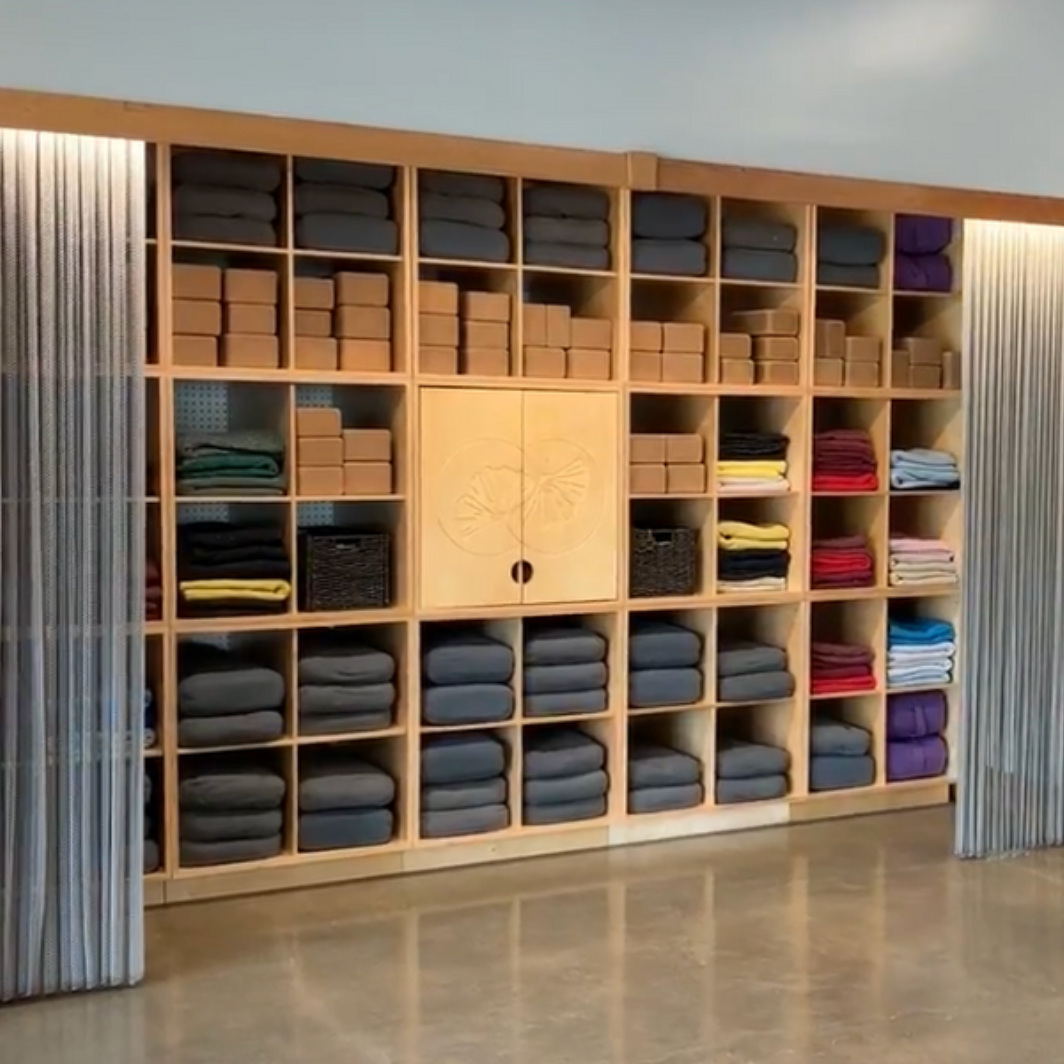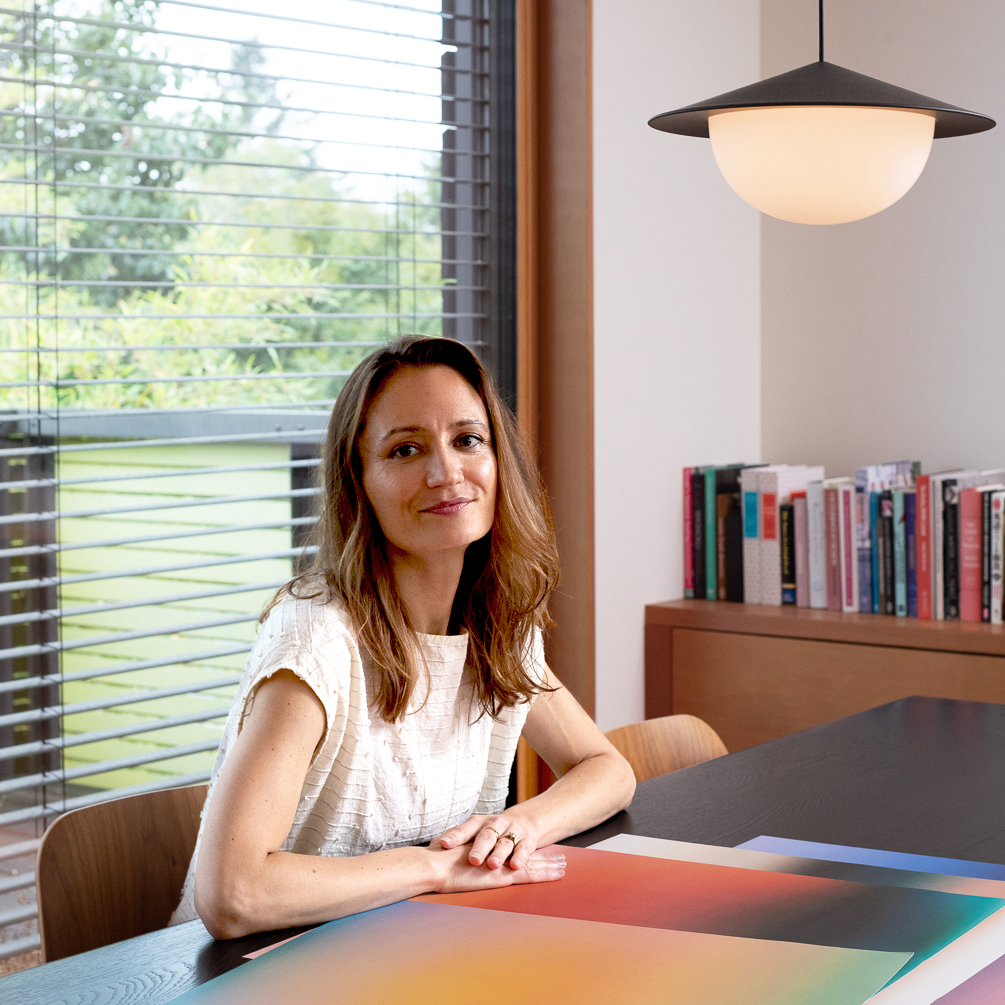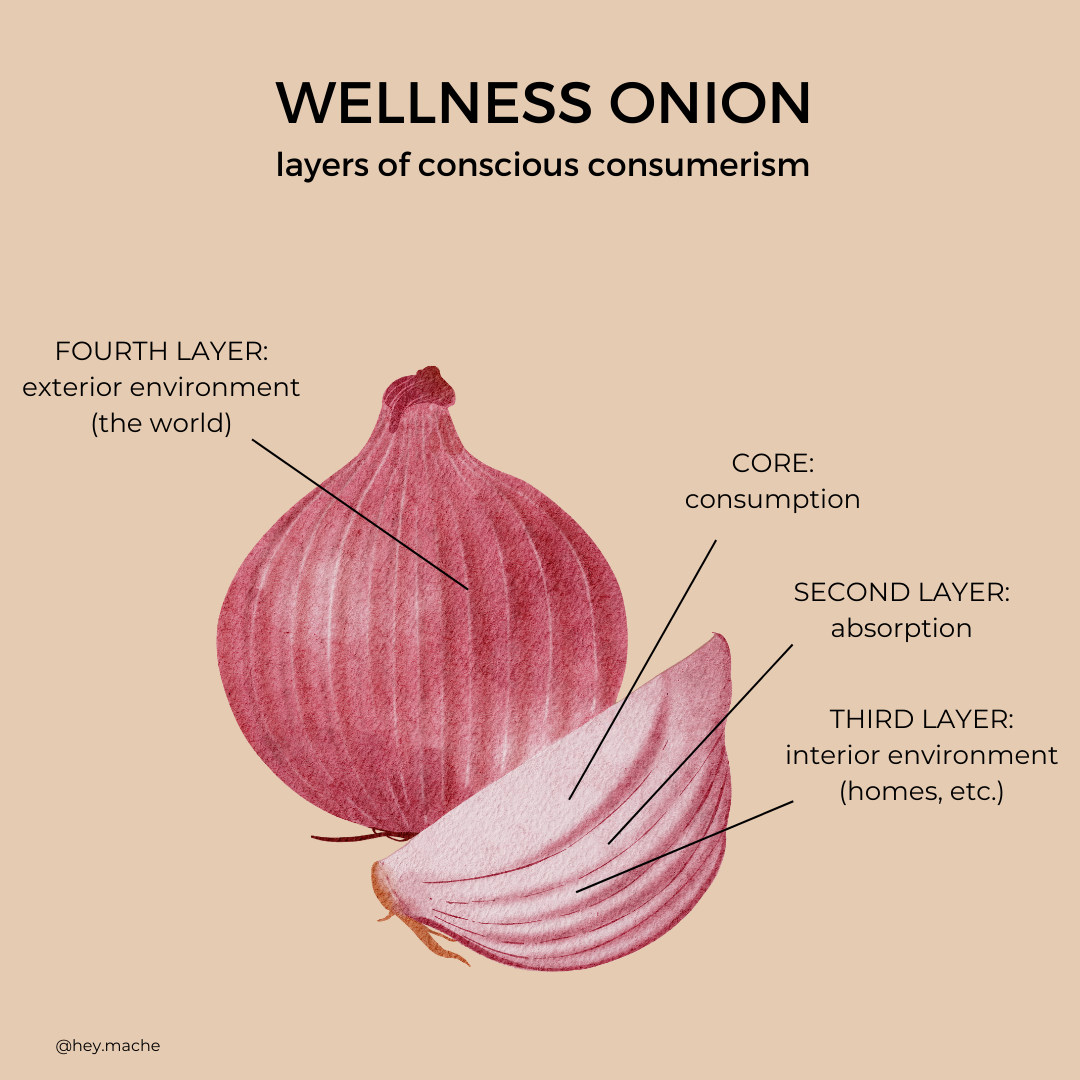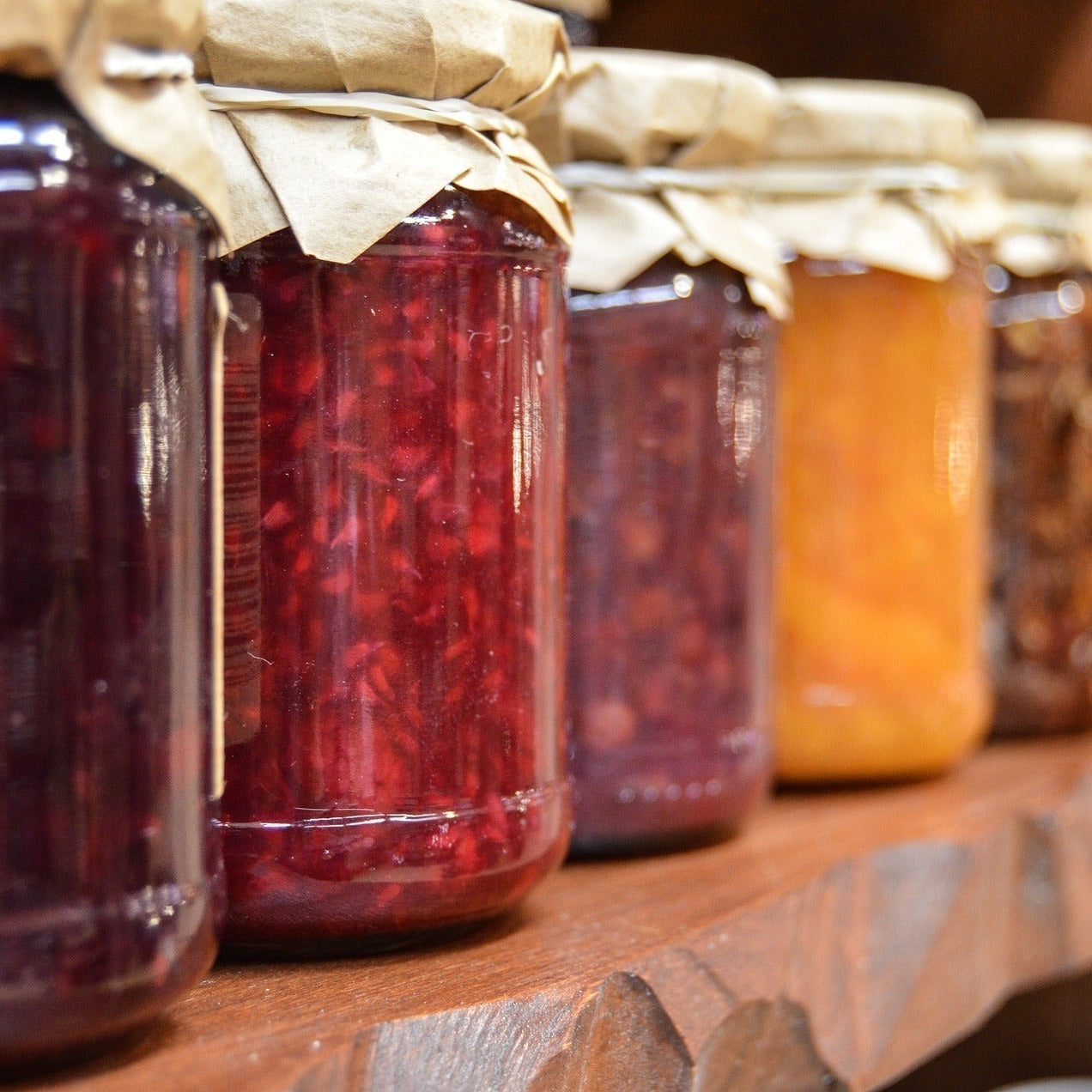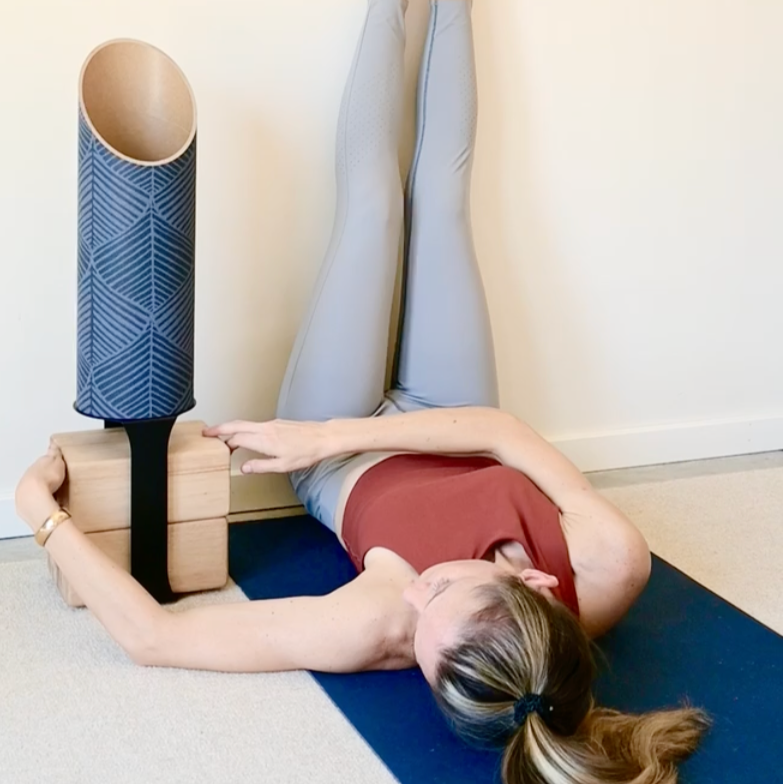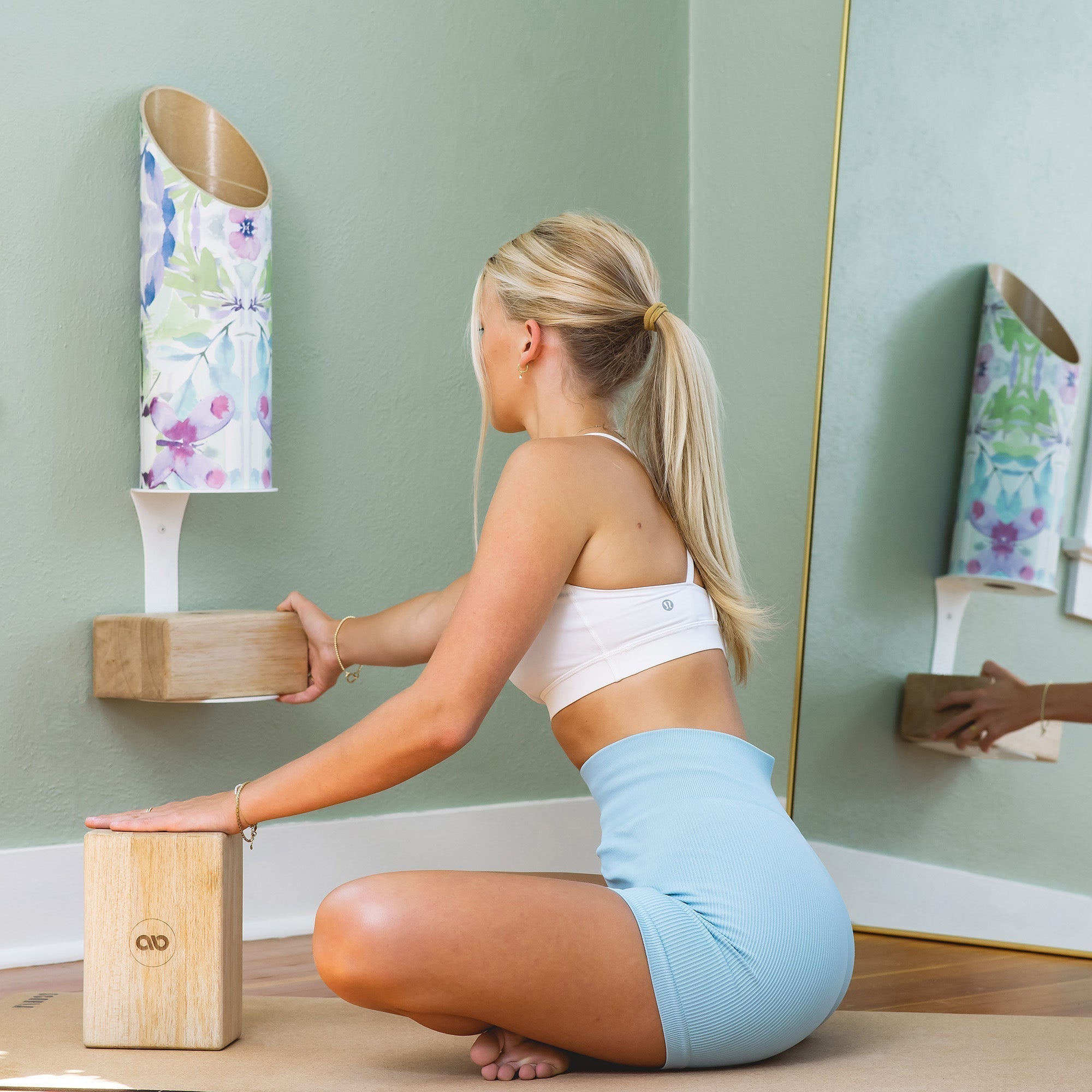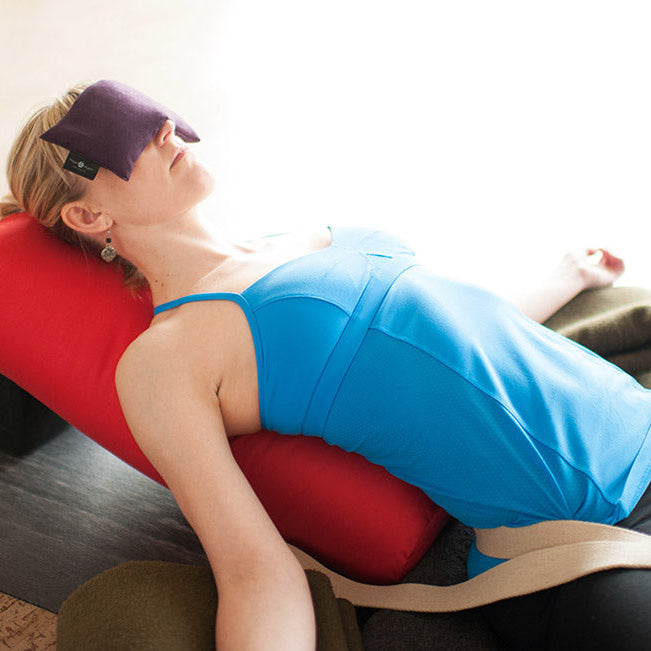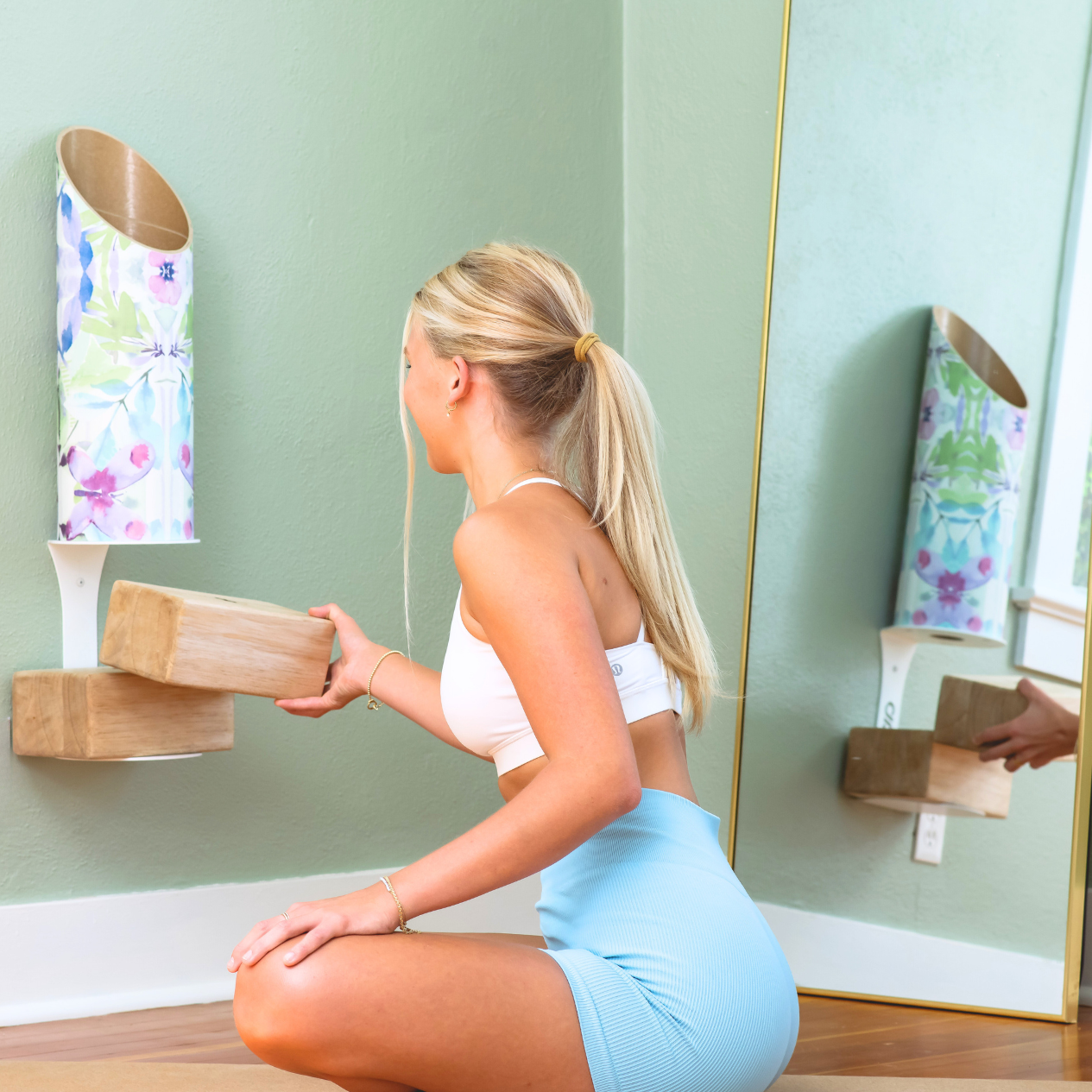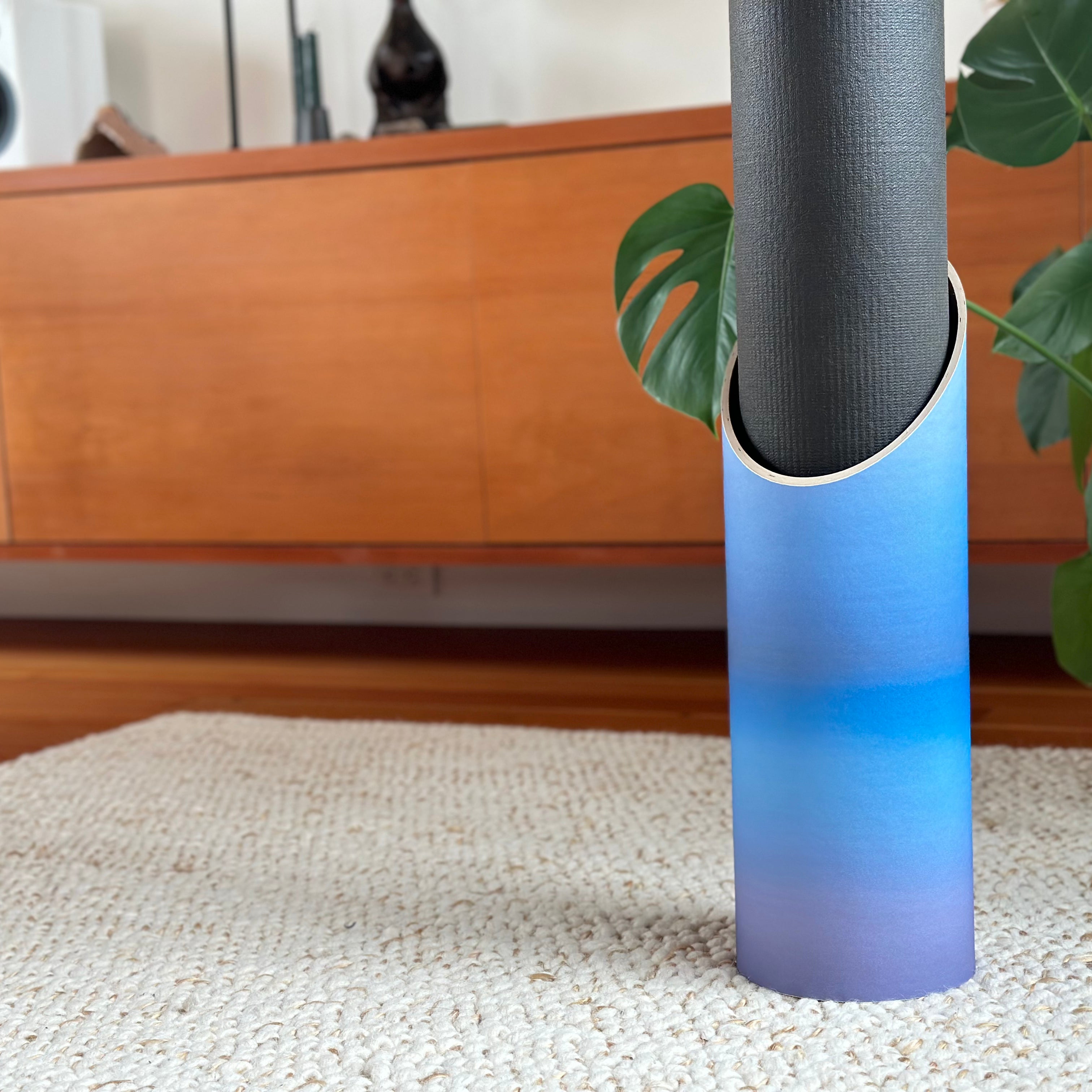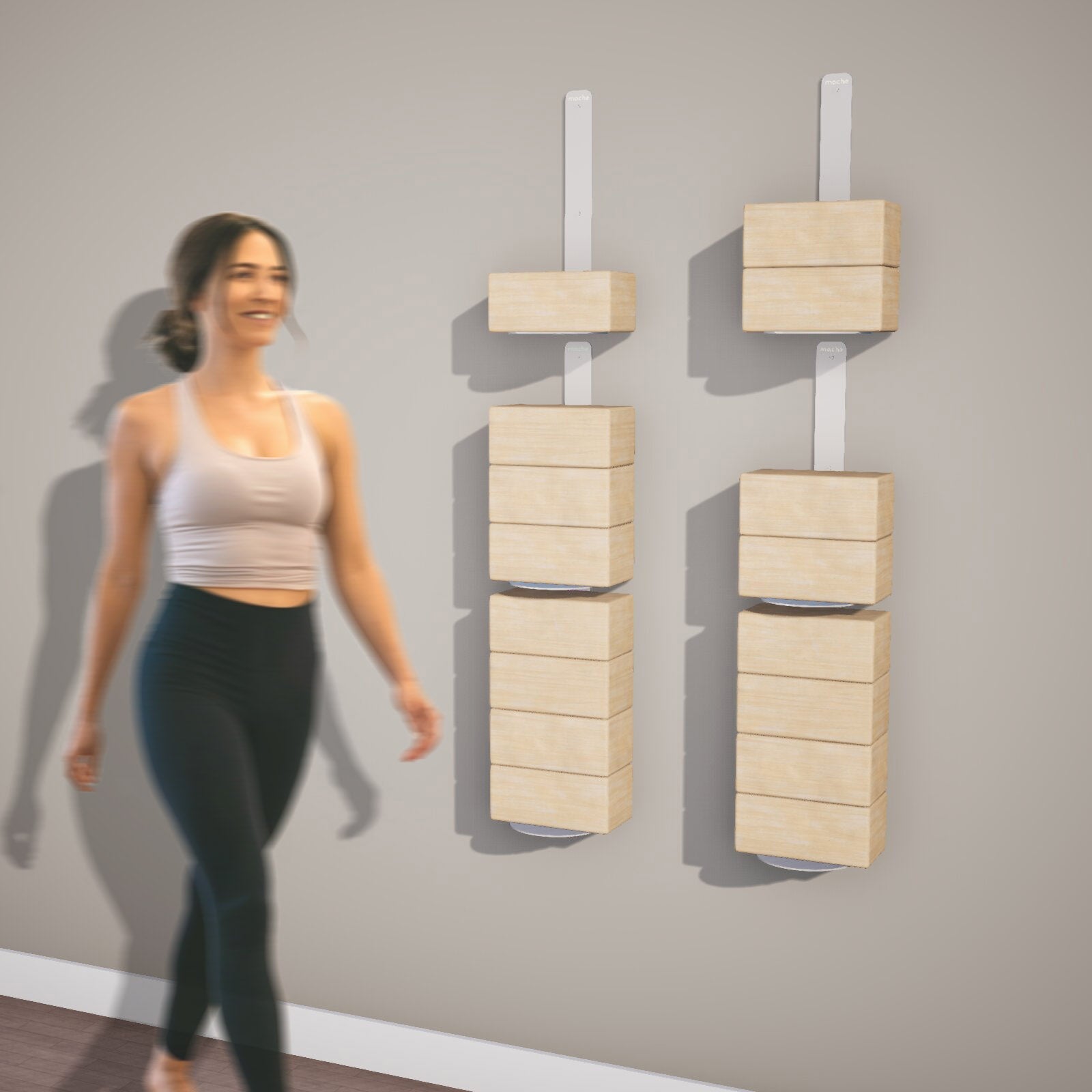To create a healthy lifestyle, we need to curate a space that is healthy for our physical selves– and the planet.
For many, a ‘healthy lifestyle’ includes diet and exercise. From veganism to yoga, communities, and movements that center on food and fitness continue to emerge. But how often do you think about the air you breathe? Unless you live in or near cities where pollution is prevalent, you may not think about your environment and the air you breathe as integral to your health.
Considering the air you breathe is just as important in creating a healthy lifestyle. When we consider the air we breathe, we recognize the prevalence of toxic materials in our physical spaces. By looking more closely at things we bring into our home– from furniture to fitness equipment– we see how some materials can impact our physical health and the planet.
One of the most dangerous, yet commonly used materials, is forever plastics. Not only are forever plastics toxic for our lungs, but their non-degradable nature also poses a threat to our planet.
Whether or not we know it, forever plastics like PVC creep into our daily lives. This material is commonly used in items we find in our homes, from toys to furniture, to fitness equipment. By identifying ‘forever plastics’ in our physical spaces, we can actively work to curate a space that is healthy for both ourselves and the planet.
What are ‘Forever Plastics’?
True to its name, forever plastics are plastics that, well, last forever.
You’ve probably heard that every single plastic ever made still exists. While this is a misnomer, plastics do take between 20 to 500 years to decompose. Several factors impact this timeline, from material, structure, and exposure to harsh sunlight. But on average, grocery bags take 20 years to decompose while PET (usually found in plastic bottles) takes more than 450 years.
Other plastics like polyvinyl chloride, or PVC, are neither biodegradable or degradable. This means that PVC only breaks down into smaller pieces. In other words, they are ‘forever plastic’. Many refer to PVC as the "poision plastic" due to the high-level of carcinogens and chemical toxins involved in the making of, using and disposal of PVC.
Unfortunately, this is the very same material commonly found in affordable yoga mats, dumbbells, and other fitness equipment. In fact, the majority of mainstream yoga mats that we encounter daily are made from PVC.
Why is the Fitness Industry so Reliant on PVC?
Simply put, PVC is cheap and effective for slip resistance.
If you have ever used a yoga mat, dumbbells, or other fitness equipment, you know that they all have a strong grip. This is an essential characteristic of many fitness equipment to ensure our physical safety. After all, running on a slippery treadmill or stretching on a slippery mat can pose a lot of danger to us.
However, this same characteristic is the biggest selling point of products made of PVC. Essentially, various fitness equipment including yoga mats are made from or coated with PVC to keep you from slipping or falling.
While other, eco-friendly alternatives, like cork yoga mats, exist, they tend to have a higher price range. PVC-based yoga mats can cost as little as $10, while cork yoga mats can cost between $30 to $90. Ask yourself how much you can afford to spend on a yoga mat. If you can opt for a cork yoga mat. Not only are they better for the environment, but they are also better for your health.

How to Avoid PVC + live a Toxin-free Lifestyle
Polyvinyl chloride (PVC) is more prevalent than we think. As previously mentioned, PVC is commonly found in yoga mats and other fitness equipment. However, they can also be found in toys, bottles, bedding, clothing, piping, and furniture. Its prevalence in mass production and manufacturing may make it difficult to avoid. Even so, we can still take some steps to actively avoid PVC.
First, read labels. PVC plastics are stamped with a ‘3’ or ‘V’ recycling logo. This label is normally found at the bottom of the bottle, so make sure to look under it before purchasing anything. When shopping for groceries or toys, make sure to avoid anything with a ‘3’ or ‘V’ recycling logo.
Unfortunately, not everything that contains PVC has this label, making it much more difficult to avoid. Environmental groups like Greenpeace are actively advocating against the use of PVC in mass production. By supporting environmental groups like Greenpeace, you can work towards a more eco-friendly production and manufacturing process.
Finally, opt to buy yoga mats and fitness equipment made from recycled and alternative materials, such as Mache’s eco-yoga storage and accessories. As previously mentioned, cork yoga mats are a great alternative to PVC-based yoga mats. Like PVC-based mats, cork yoga mats have great grip, but they also feel soft, smell nice, are degradable, and non-toxic. Other alternatives include eco-friendly and non-toxic yoga mats made from 100% natural rubber, organic cotton, or recycled materials, such as wet suits.
By actively choosing eco-friendly and plastic-free products, you create a space that is not only healthy for you and your lifestyle, but also for the planet.
Discover the top 10 tips to design your home wellness space now!


